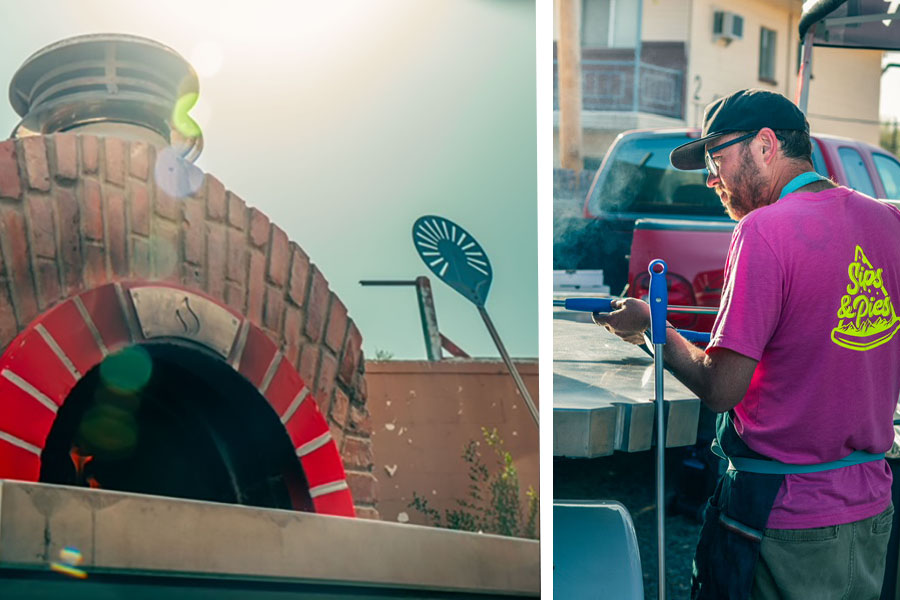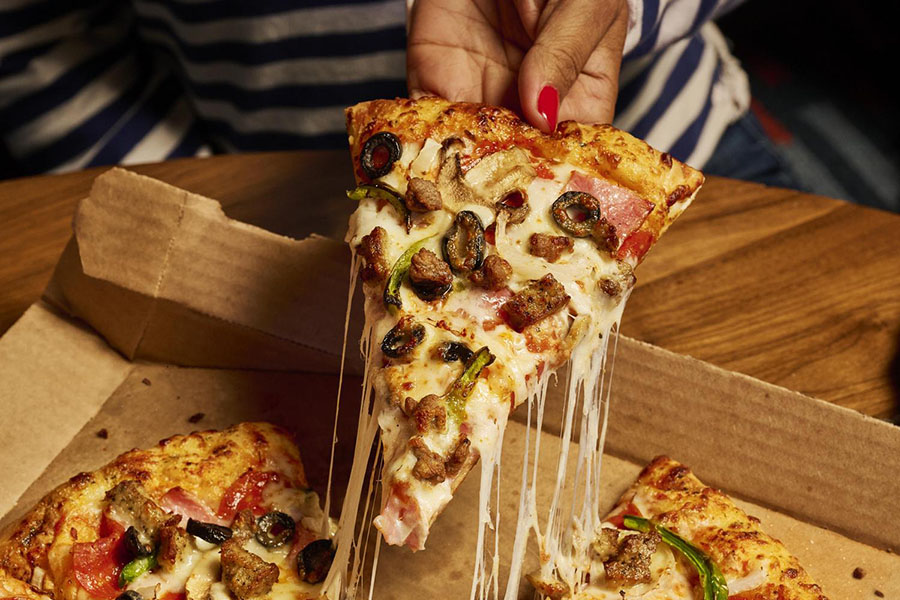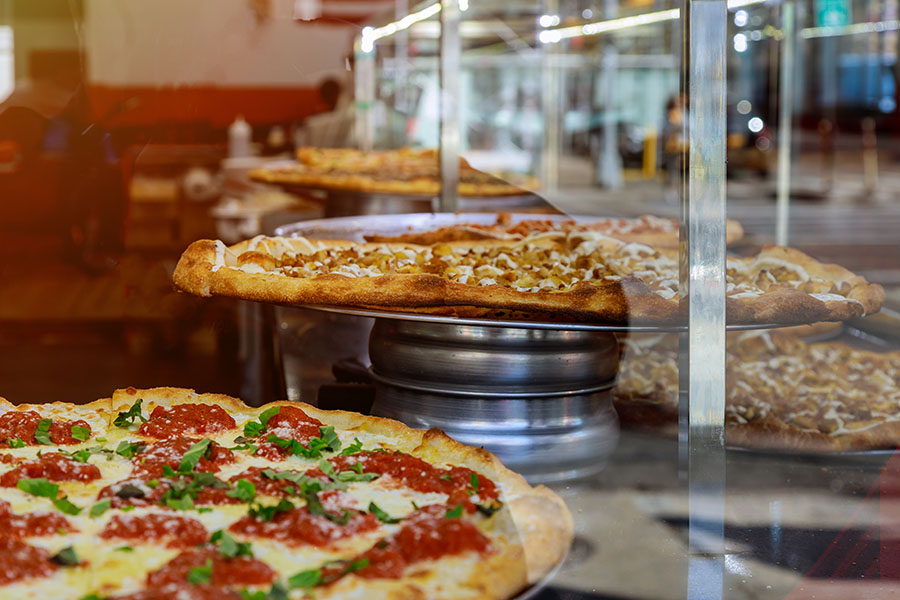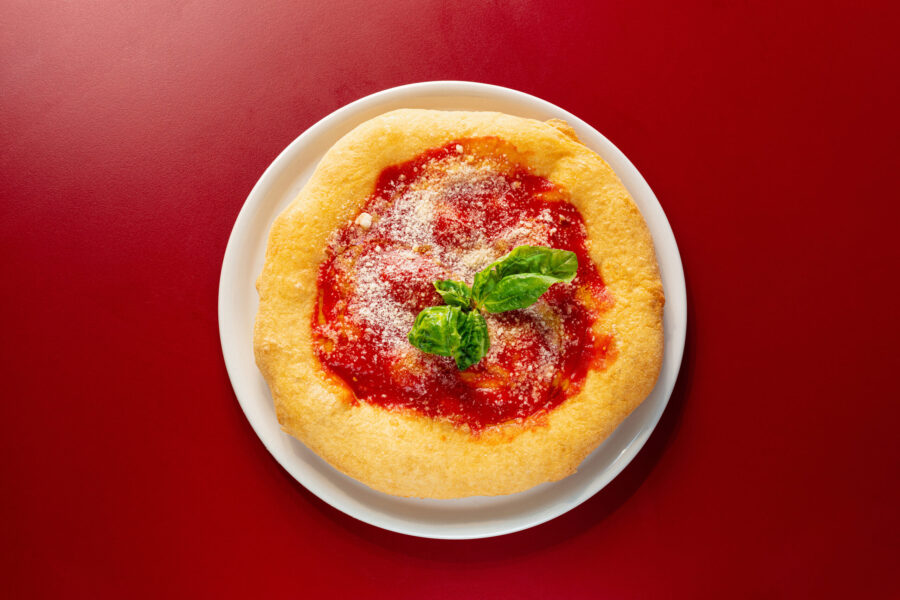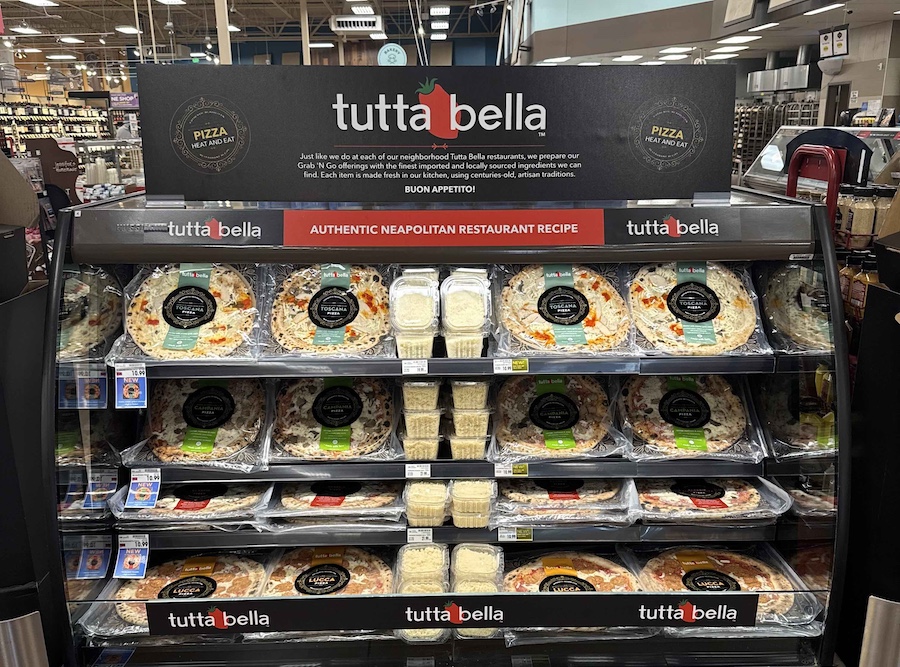The Dough Doctor offers tips on improving your crust without breaking the bank

Tom Lehmann
Pizza Today Resident Dough Expert
Q: We just make a few pizzas a day for use at our bar. We use a frozen dough to make the crust and we find that the pizzas are just so-so, what can we do to make our pizzas better without going to any great expense?
A: There are a number of things that you can do to improve your pizzas without breaking the bank, for example, just brushing the edge of the crust with olive oil before baking can improve the flavor. You can also brush the edge with olive oil immediately after baking too (I personally think this gives a better flavor). Then, you can brush the edge of the crust with a commercial garlic-infused oil or even a commercial garlic-infused butter oil and then sprinkle the edge with a little grated Parmesan cheese. My personal favorite is to lightly brush the edge of the dough skin with a little water and then apply a sprinkling of shredded Parmesan cheese around the edge only, then proceed to dress the skin in your normal manner. The reason why I like this approach more than the others is because it provides a toasted Parmesan cheese flavor and appearance to the edge that does wonders for the overall presentation. If you want to go for the “full monte,” finish the pizza with a sprinkling of shredded Parmesan cheese just as you are ready to place it in the oven. About one ounce of shredded Parmesan cheese on a 12-inch pizza is about right. This will provide the additional benefit of providing more depth of flavor to your cheese.
 Getting away from mainstream a little, you might also think about brushing the exposed edge of the dough skin with a little water after dressing the pizza, then sprinkle on a light application of sesame seeds. The seeds will get toasted during baking to provide a truly unique flavor to your pizzas. A few years ago I was developing pizzas for just this application and we found that by cutting up some of our pepperoni into small pieces we could roll the pepperoni into the edge of the dough skin (which was extremely popular with the bar patrons). To do this, we simply moistened the edge of the skin with a little water, applied the pepperoni in about a half-inch ring around the skin and rolled the skin over the pepperoni to envelope it. We pressed the edge down to help seal the rolled/folded edge and then carefully stretched the skin back out to the full diameter. We then dressed and baked the pizzas in the normal manner. Add some olive oil and grated/powdered Parmesan cheese to the filled edge immediately after baking and you’re sure to have a winner.
Getting away from mainstream a little, you might also think about brushing the exposed edge of the dough skin with a little water after dressing the pizza, then sprinkle on a light application of sesame seeds. The seeds will get toasted during baking to provide a truly unique flavor to your pizzas. A few years ago I was developing pizzas for just this application and we found that by cutting up some of our pepperoni into small pieces we could roll the pepperoni into the edge of the dough skin (which was extremely popular with the bar patrons). To do this, we simply moistened the edge of the skin with a little water, applied the pepperoni in about a half-inch ring around the skin and rolled the skin over the pepperoni to envelope it. We pressed the edge down to help seal the rolled/folded edge and then carefully stretched the skin back out to the full diameter. We then dressed and baked the pizzas in the normal manner. Add some olive oil and grated/powdered Parmesan cheese to the filled edge immediately after baking and you’re sure to have a winner.
Do you just want to sell more beer? Here’s an idea for you that you might not have considered before: stimulate your customers’ taste buds by making them think they’re thirsty. How does this work? It’s simple, just very lightly moisten the dough skin with a little water and apply a very light sprinkling of sea salt to the skin just prior to saucing it. The sea salt will add a slight salty flavor note without tasting salty or being objectionable. Here’s a very old trick that I learned many years ago that has made some pizza manufacturers very successful over the years: A little-known fact about L-cysteine is that it stimulates nerves on the lips, which closely mimics the same feeling on our lips when we’re thirsty. Your frozen dough might already contain some L-cysteine, which is used as a processing aid to reduce the dough mixing time when the frozen dough is made. You can check the box label to see if it is shown as an ingredient. Even if it is used, the level will not be high enough for our intended purpose, so we will need to add some more of it to the dough. But how to put more L-cysteine into a ready-made frozen dough skin? We simply moisten the entire surface of the skin and then give it a very LIGHT sprinkling of PZ-44 (the active ingredient in PZ-44 is L-cysteine). You’re now ready to apply the sauce and dress the pizza to the order. While I have not yet tried it, you might even experiment with incorporating the PZ-44 into the sauce as this will provide for much better portion control of the PZ-44. I’m not aware of any quality issues with adding PZ-44 to the sauce, so it might be worth a try. The amount of L-cysteine needed to achieve this effect is around 90-parts-per-million based on the total flour weight in the dough. So what we need to do is take the dough weight for a case of our frozen dough skins and divide this weight by 1.65. This will give us an approximation of the flour weight used to make the dough. Now just calculate three percent of that weight and that will be the amount of PZ-44 you will need to add to the amount of sauce needed to dress that case of frozen dough skins. With the added PZ-44, you’re sure to find your customers licking their lips and asking for another beer!
Tom Lehmann is a former director at the American Institute of Baking in Manhattan, Kansas and Pizza Today’s resident dough expert.

